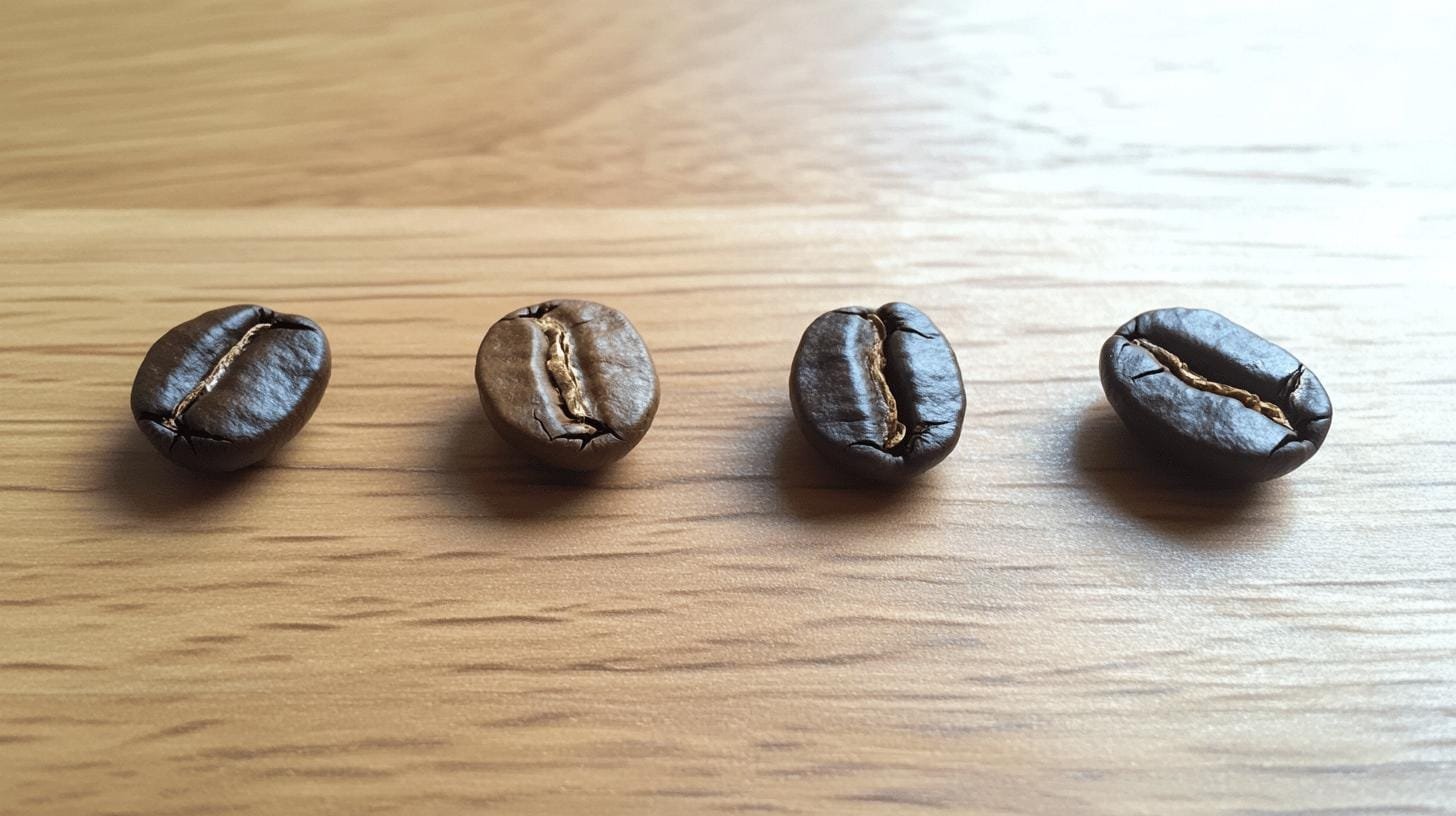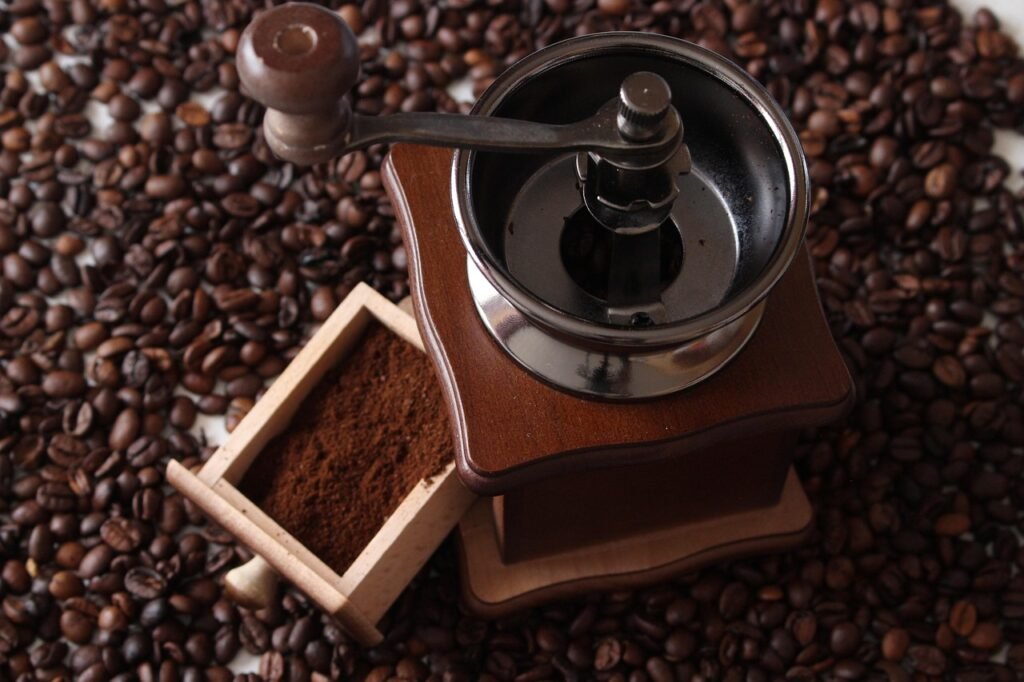
Artisanal Rituals for a Memorable Customer Experience
How can brands create a more balanced and memorable customer experience by blending artisanal product quality with thoughtful everyday rituals that keep people coming back?

Is “bold” coffee synonymous with more caffeine? Many assume intense flavors signify heightened caffeine content, but that’s not always the case. The term “bold” in coffee primarily refers to the strength of its flavor profile—often rich, robust, and full-bodied—without a direct correlation to caffeine levels. This article uncovers whether boldness in taste indeed implies elevated caffeine, dissecting common misconceptions. By exploring factors influencing flavor and differentiating them from caffeine characteristics, readers will gain clarity on what truly constitutes a “bold” vs. a “caffeinated” cup of brew.
Does bold coffee have more caffeine? The short answer is no. Boldness in coffee speaks to its intense flavor, not the amount of caffeine it contains.
When people talk about bold coffee, they often mean a strong taste profile. This intense flavor comes from the coffee’s bean variety and how it’s brewed, not its caffeine. Many believe bold coffee means high caffeine, but that isn’t true.
Several factors add to a coffee’s bold flavor:
So, while bold coffee is known for its taste, it doesn’t have more caffeine. This separation of taste and caffeine helps coffee lovers enjoy bold flavors without expecting a caffeine jolt.

Roasting impacts bean moisture and volume but barely touches caffeine levels. During roasting, beans dry out and expand, making them less dense. Despite these changes, caffeine content stays fairly stable across roasts.
Many assume dark roasts have more caffeine because of their strong flavor. However, light and dark roasts have similar caffeine amounts.
| Roast Level | Caffeine Content | Flavor Intensity |
|---|---|---|
| Light Roast | Similar to Dark Roast | Mild, Fruity |
| Medium Roast | Similar to Dark Roast | Balanced, Toasty |
| Dark Roast | Similar to Light Roast | Strong, Bitter |
Do dark roasts lose caffeine during roasting? No, this is a myth. Caffeine needs over 600°F to break down significantly, but roasting temperatures peak around 470°F. Thus, caffeine levels stay pretty much the same. The change in flavor intensity between light and dark roasts is due to chemical shifts affecting taste, not caffeine.
Does bold coffee have more caffeine? Again, bold coffee doesn’t have extra caffeine. Caffeine content depends on brewing methods, which heavily influence extraction rates. For example, espresso packs more caffeine per ounce than drip coffee due to its concentrated process.
Caffeine content in various coffee types:
Serving size also affects caffeine experience. Though espresso has high caffeine per ounce, its tiny serving size contrasts with drip coffee or cold brew. Understanding these differences helps drinkers manage their caffeine intake regardless of bold flavor.

Do Robusta beans have more caffeine than Arabica? Yes, about twice as much. Robusta’s high caffeine makes for a stronger and more bitter taste. While Arabica beans are prized for their flavors, Robusta’s punchy caffeine makes it a favorite for a stronger cup.
Brands known for high-caffeine beans:
Gourmet coffees often choose Arabica beans to focus on flavor and aroma, but some may blend in Robusta to balance flavor and caffeine. Knowing how bean type affects caffeine allows consumers to pick their perfect cup.
Using finer grinds helps pull more caffeine by exposing more ground surface. Hotter water also boosts caffeine extraction by speeding up solubility. These factors are key in shaping caffeine content.
Tweaking these can control caffeine levels. For more caffeine, choose finer grinds and hotter water. Less caffeine needs shorter brew times or coarser grinds. Experimenting provides more control over caffeine in your coffee, tailored to your taste.

Darker roasts do not have more caffeine. Caffeine remains steady across roast levels despite robust dark roast flavors seeming otherwise. Many myths about coffee strength and caffeine include:
Understanding these facts dispels myths and emphasizes that enjoying bold coffee is more about savoring complex flavors than seeking extra caffeine.
Exploring the intricate relationship between coffee flavor and caffeine reveals that bold coffee does not inherently have more caffeine. Understanding bean type, roast level, and brewing method is crucial in demystifying these common misconceptions. Roasting levels primarily influence flavor profiles without significantly altering caffeine content,
while various brewing techniques can impact caffeine extraction. Moreover, the choice of coffee beans plays a pivotal role in potential caffeine levels. Clear distinctions between intensity of taste and caffeine presence enhance appreciation for coffee’s complexities. Amidst swirling myths, recognizing the truths offers clarity and elevates the enjoyment of the perfect brew at home.
A bold coffee typically refers to a strong or intense flavor profile rather than increased caffeine content. The term “bold” relates more to the coffee’s taste characteristics than its caffeine level.
Both light and dark roast coffees generally have similar caffeine content. The roasting process affects flavor intensity more than it impacts caffeine levels, dispelling the myth that dark roasts have more caffeine.
Factors contributing to a coffee’s bold flavor include the type of beans used, roast level, grind size, brewing method, and water-to-coffee ratio. These elements work together to enhance the coffee’s taste profile.
Bold coffee is stronger in taste, representing a more robust flavor profile compared to regular coffee. However, this does not necessarily translate to higher caffeine content.
Roasting impacts coffee bean moisture and volume but minimally affects caffeine levels. Despite common myths, the caffeine content remains relatively stable across different roast levels—light, medium, and dark.

How can brands create a more balanced and memorable customer experience by blending artisanal product quality with thoughtful everyday rituals that keep people coming back?

Independent coffee shops have always been about more than caffeine—they’re hubs of creativity, connection, and care. As café culture continues to evolve, new trends are

Introduction Independent cafes win when they feel like the neighborhood’s living room and operate with the discipline of a great kitchen. Below is a quick

Discover how top specialty coffee brands create lasting loyalty through storytelling, sourcing, and community connection. Real tips from 6 industry experts.

Discover the ultimate showdown between two beloved coffee brewing methods: the French press and Chemex. Explore how each technique caters to distinct palates, with the French press delivering bold flavors and the Chemex presenting a bright, clean taste.

Unlock the secrets to brewing the perfect cup of coffee with our comprehensive guide on using a coffee scale. Discover how precise measurements enhance flavor and consistency while eliminating bitterness.

Discover how water temperature plays a vital role in brewing the perfect cup of coffee. This article delves into the ideal temperature range of 195°F to 205°F for optimal flavor extraction, enhancing the enjoyment of high-quality beans.

Discover the world of curated specialty coffee bundles, perfect for enthusiasts seeking quality and craftsmanship. This article explores the benefits of ethically sourced, small-batch beans from brands like Equipoise Coffee, offering diverse flavor profiles that elevate your brewing experience.

Discover the art of manual brewing to elevate your coffee experience! This article explores various techniques like pour-over, French press, and AeroPress, revealing how they enhance flavor and your connection to every cup.